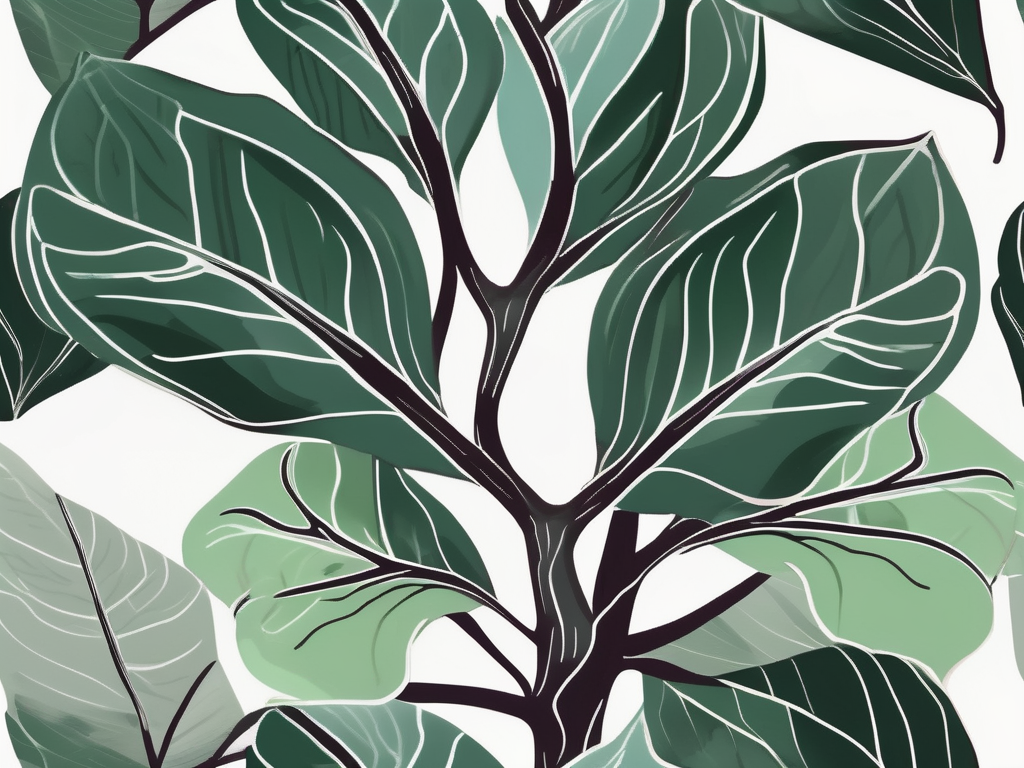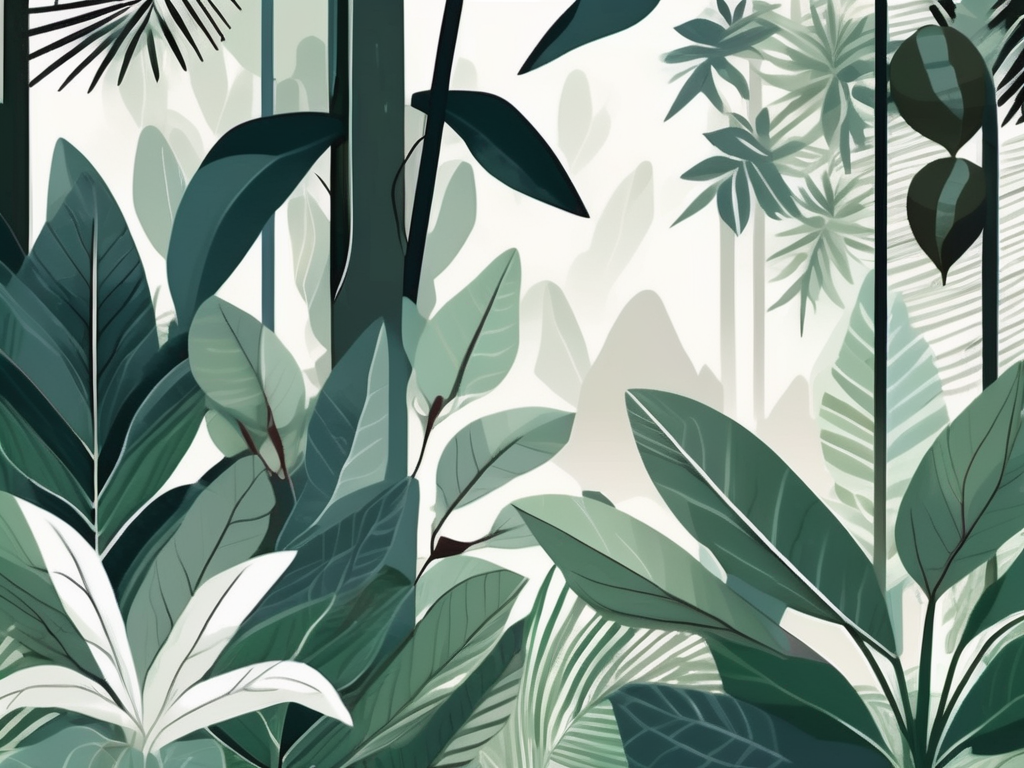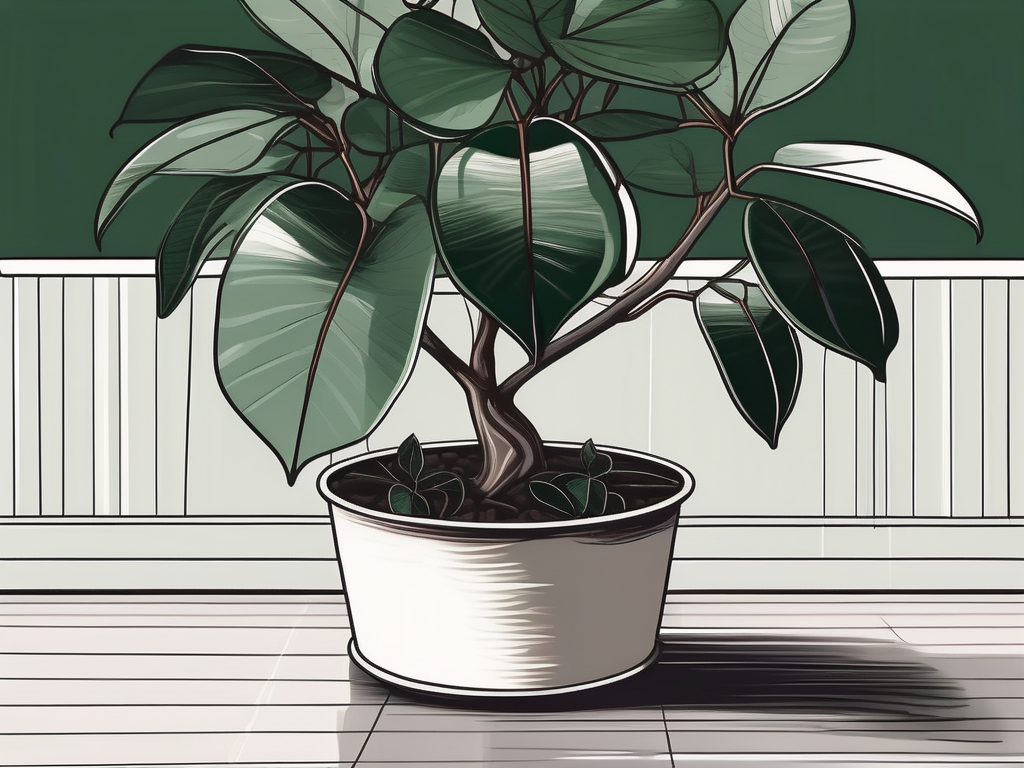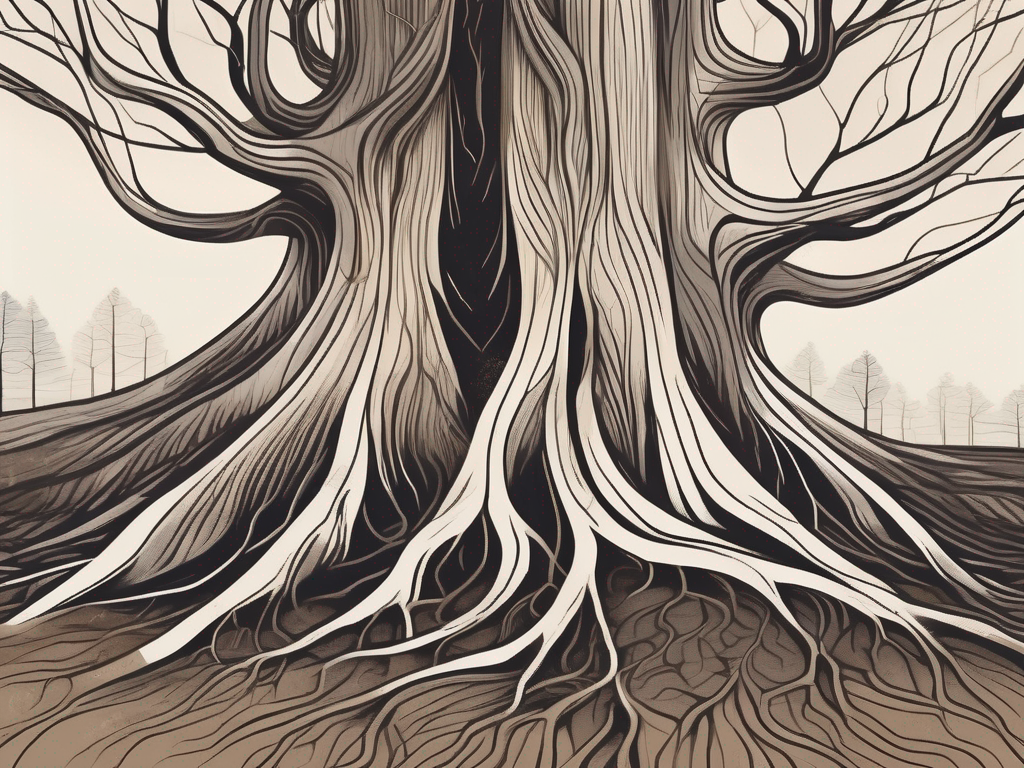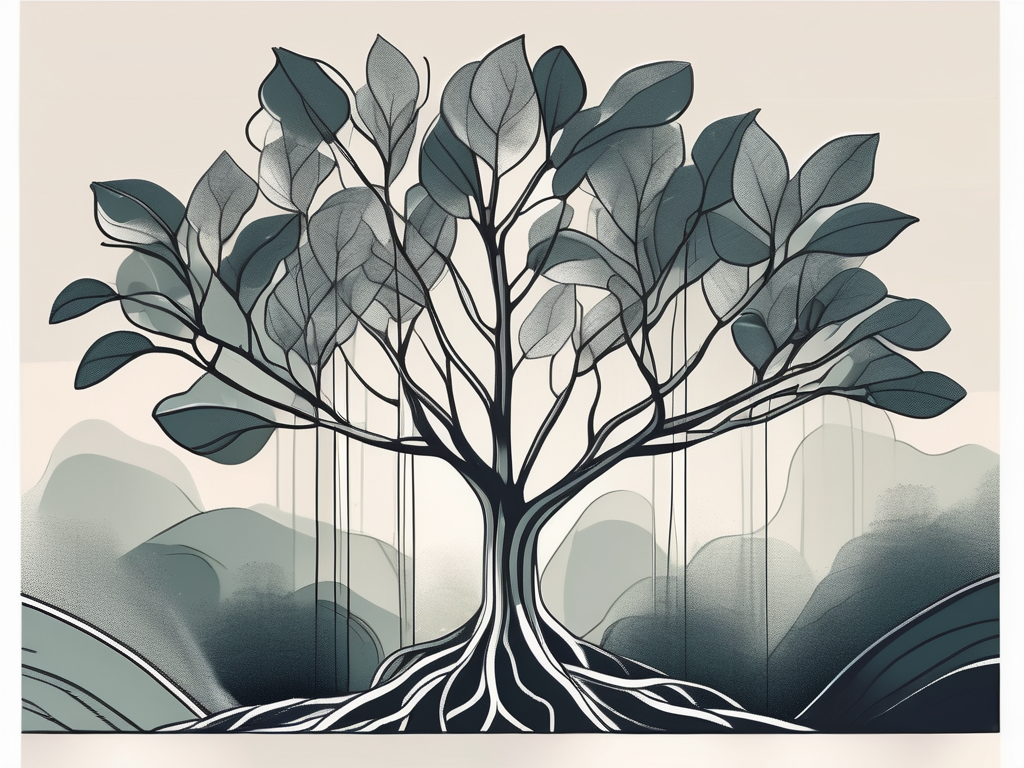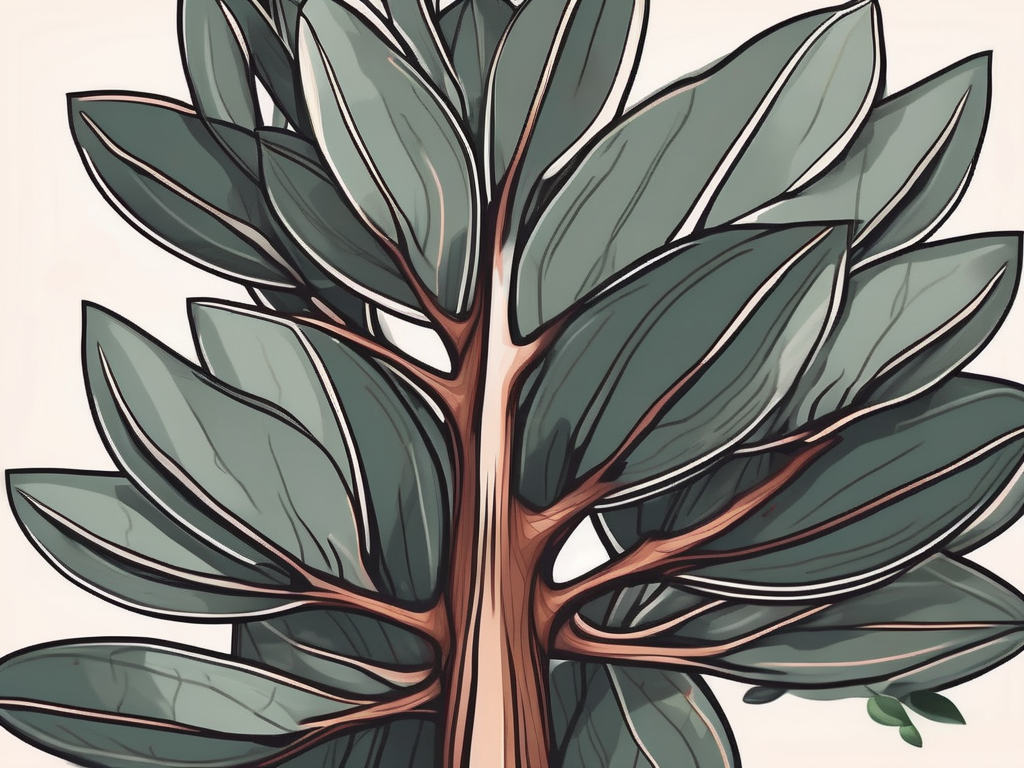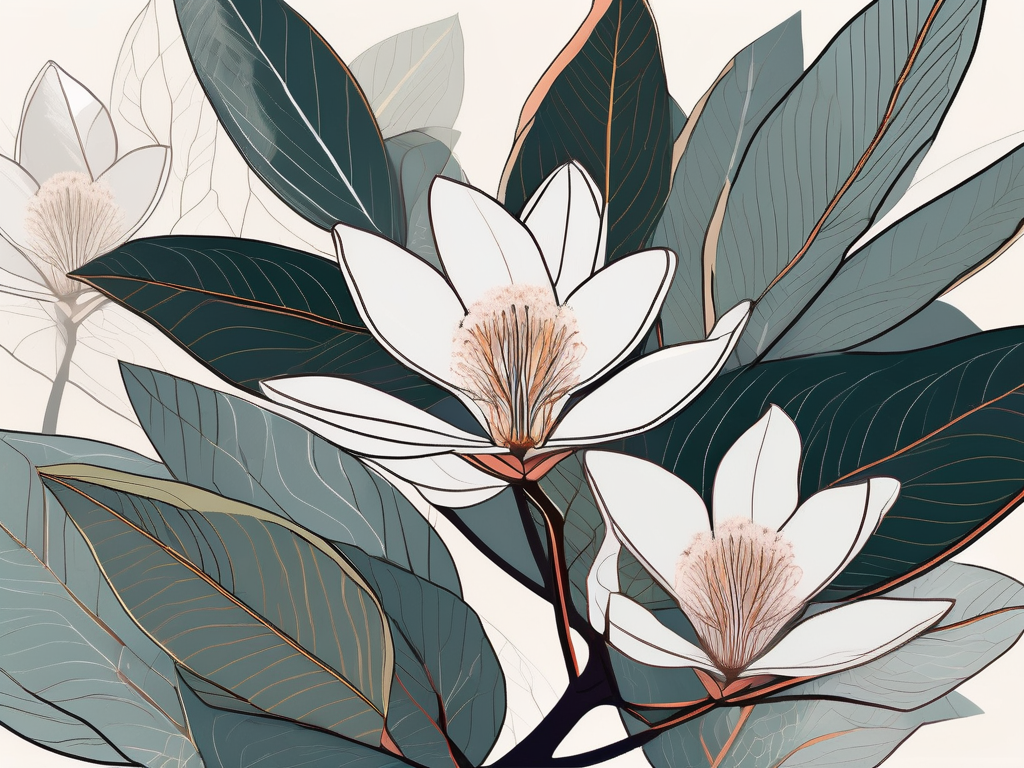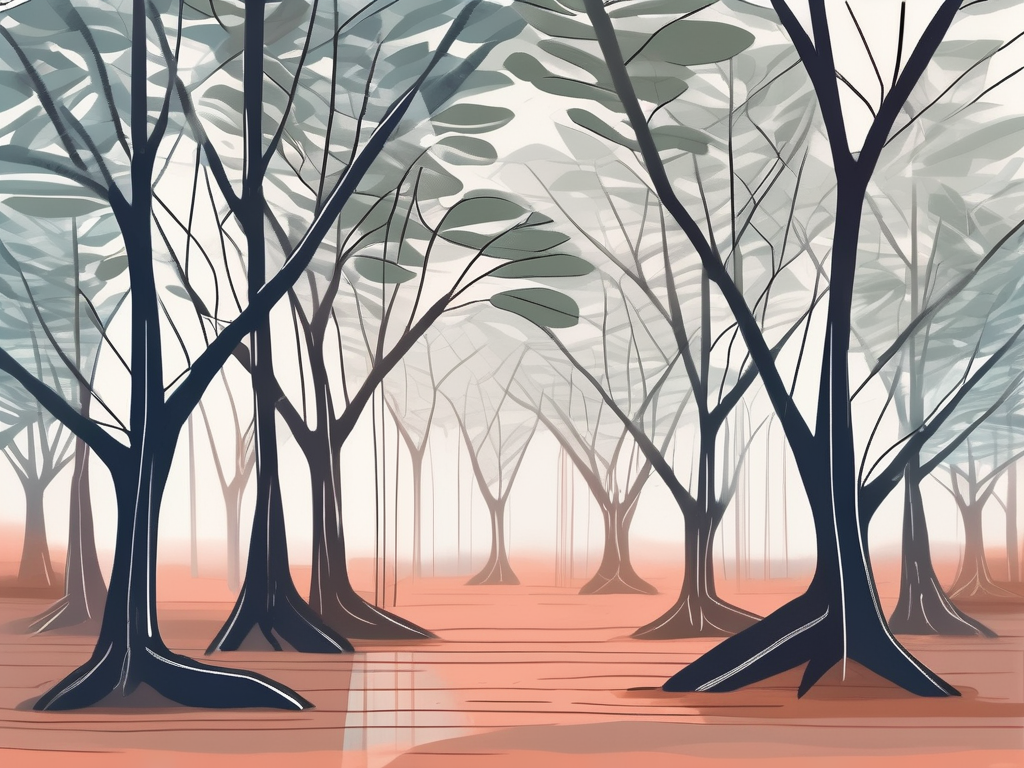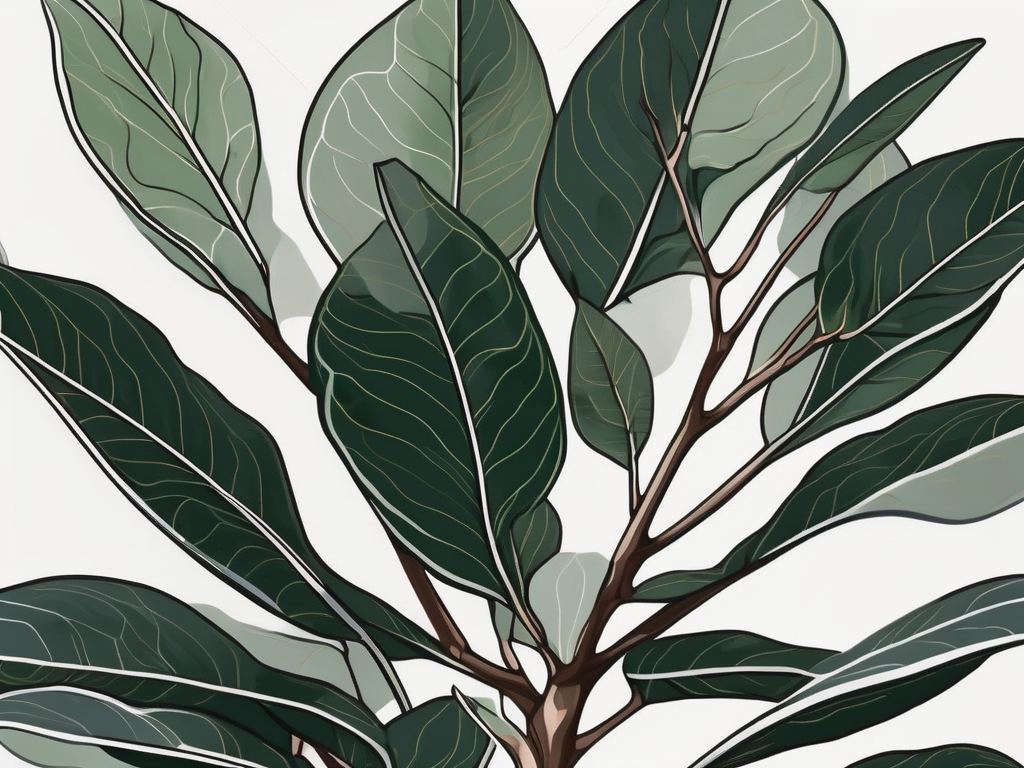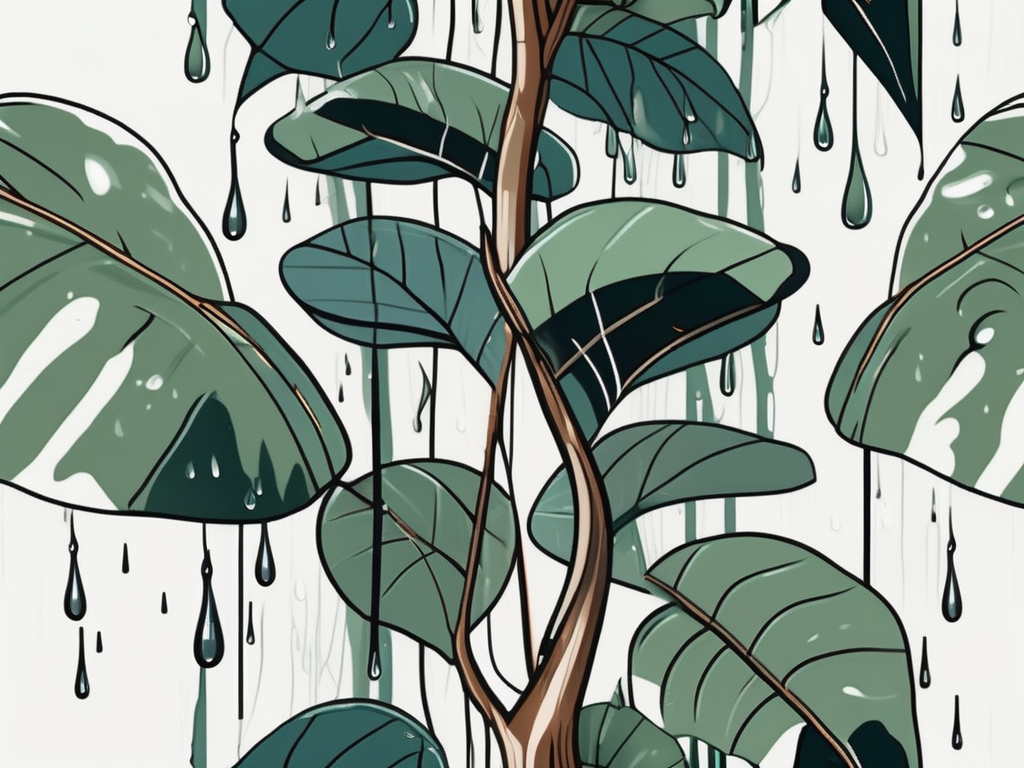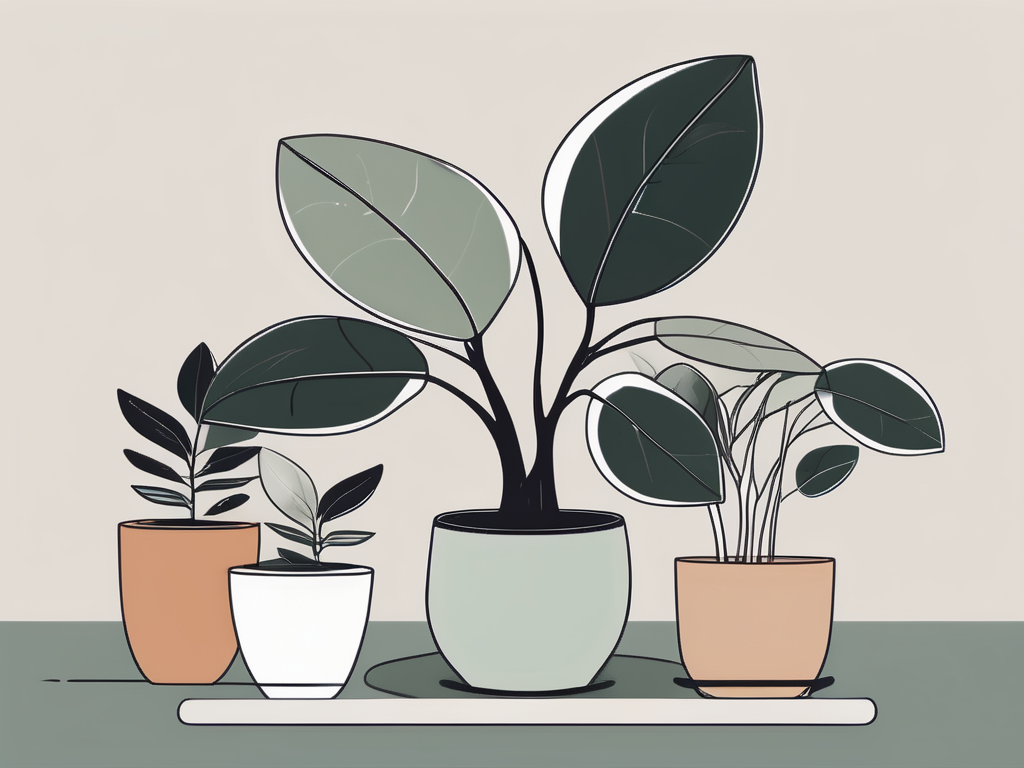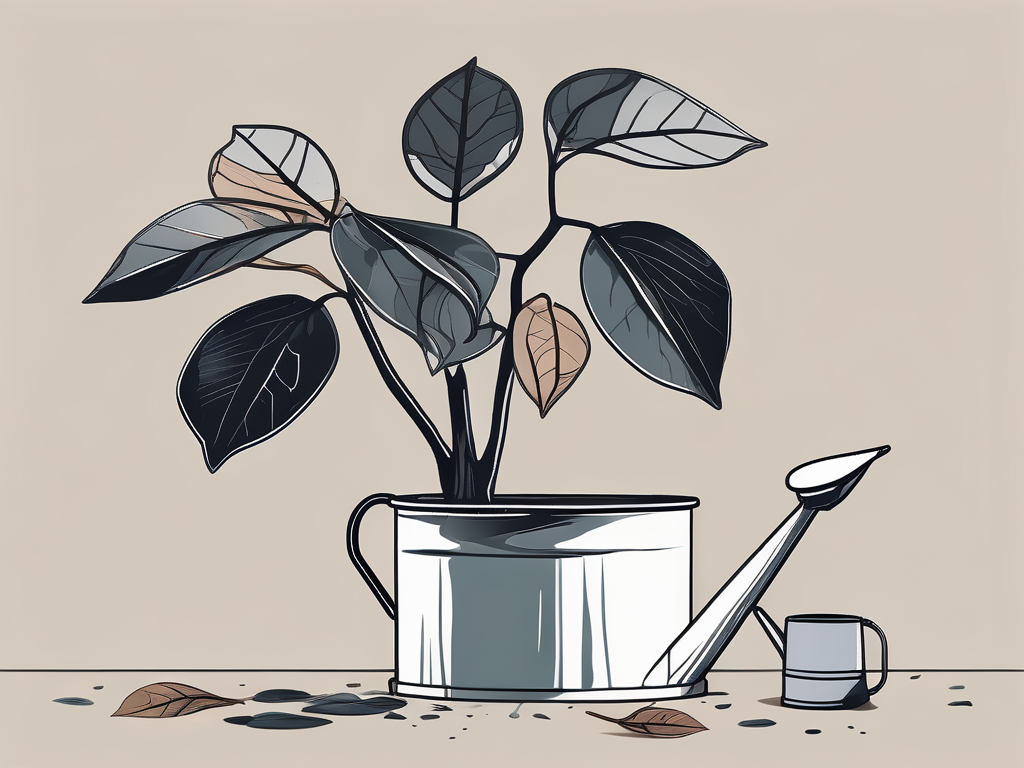
Have you ever noticed your rubber tree looking a bit under the weather? Maybe its leaves are drooping, turning yellow, or falling off. Whatever the symptoms, it can be pretty disheartening to see a beloved plant struggle. But don't worry—you're not alone in this. Many plant parents have faced the same dilemma, and there's usually a good reason behind your rubber tree's troubles.
In this article, we're going to look into some common reasons why rubber trees might start to decline and, more importantly, what you can do to nurse them back to health. From watering mishaps to lighting woes, we're covering it all. So, grab a cup of tea, and let's get to the root of the problem!
Improper Watering Habits
One of the most common culprits behind a dying rubber tree is improper watering. Rubber trees can be a bit finicky about their moisture levels, which means both over-watering and under-watering can cause issues. Let's break this down a bit.
Overwatering
Overwatering is a classic mistake many plant parents make, especially when they're trying to show their leafy friends some extra love. Unfortunately, too much water can lead to root rot, a condition that can be fatal for your rubber tree. Root rot occurs when there's excess water in the soil, creating a soggy environment where roots can't breathe. As a result, the roots start to decay, and your plant can't absorb nutrients properly.
Underwatering
On the flip side, underwatering can also spell trouble for your rubber tree. When a plant doesn't receive enough water, it can't perform essential functions like photosynthesis and nutrient uptake. You'll often notice crispy, wilting leaves as a sign of dehydration.
Finding the Balance
So, how do you strike the right balance? Here's a simple method:
- Check the soil moisture regularly by sticking your finger about an inch into the soil. If it feels dry, it's time to water.
- Ensure your pot has drainage holes to prevent water from pooling at the bottom.
- Consider using a moisture meter for more accurate readings.
Remember, consistency is key. Stick to a regular watering schedule that changes with the seasons—more frequent in summer and less in winter.
Lighting Issues
Lighting can be another significant factor affecting your rubber tree's health. These plants love bright, indirect light, but too little or too much can create problems.
Too Little Light
If your rubber tree isn't getting enough light, it might start dropping leaves or stretching out, becoming 'leggy'. This is the plant's way of trying to reach more light. A common mistake is placing rubber trees in corners or rooms with limited natural light, thinking they'll be okay.
Too Much Light
However, too much direct sunlight can scorch the leaves, causing brown spots or yellowing. While rubber trees can handle some direct sun, especially morning light, prolonged exposure, particularly through a window, can be too harsh.
Finding the Right Spot
Here's how to ensure your rubber tree gets the right amount of light:
- Place your rubber tree near a window that gets bright, indirect light.
- Avoid south-facing windows where the sun can be too intense.
- If natural light is limited, consider supplementing with a grow light.
Adjusting your rubber tree's position might be just what it needs to thrive.
Temperature and Humidity Concerns
Rubber trees hail from tropical climates, so they appreciate warm temperatures and higher humidity levels. Sudden changes in temperature or drafts can stress them out.
Temperature Fluctuations
Rubber trees are sensitive to extreme temperatures. If they're exposed to cold drafts from windows or doors, or placed near heating vents, they might start showing signs of stress. Ideal temperatures for rubber trees range between 60-85°F (15-29°C).
Humidity Levels
Low humidity can cause rubber tree leaves to dry out and drop. This is especially common during winter months when indoor heating systems are running. You might notice the edges of the leaves turning crispy as a telltale sign.
Creating a Comfortable Environment
Here's how to keep your rubber tree comfortable:
- Keep your plant away from drafty areas and heat sources.
- Consider using a humidifier to maintain indoor humidity levels, especially during winter.
- Mist your rubber tree occasionally to increase humidity around the leaves.
A cozy environment can make all the difference for your rubber tree's health.
Soil and Potting Mix
The soil your rubber tree is planted in plays a crucial role in its overall health. Like most houseplants, rubber trees require well-draining soil to thrive.
Poor Drainage
If the soil retains too much water, it can lead to the dreaded root rot. This is often due to using the wrong type of potting mix or a pot without drainage holes. Heavy, compacted soil can also suffocate the roots, preventing them from absorbing essential nutrients.
Nutrient Deficiency
On the other hand, nutrient-poor soil can leave your plant hungry and unable to grow properly. This might manifest as slow growth, yellowing leaves, or a general lack of vigor.
Picking the Right Mix
Here's how to ensure your rubber tree has the best soil for its needs:
- Use a well-draining potting mix, such as a blend of peat moss, pine bark, and perlite.
- Ensure your pot has adequate drainage holes to allow excess water to escape.
- Consider feeding your rubber tree with a balanced liquid fertilizer every month during the growing season (spring and summer).
Giving your rubber tree the right foundation can help it flourish.
Pests and Diseases
Even the healthiest of rubber trees can fall victim to pests and diseases. These uninvited guests can wreak havoc on your plant, but with proper care and vigilance, you can keep them at bay.
Common Pests
Rubber trees can attract pests like spider mites, mealybugs, and scale. These pests can weaken your plant by sucking sap from the leaves and stems.
Identifying and Treating Pests
Here's how to spot and handle these pesky invaders:
- Check the undersides of leaves for tiny webs (spider mites) or cottony masses (mealybugs).
- Wipe leaves with a damp cloth or use insecticidal soap to remove pests.
- Consider using neem oil as a natural deterrent for persistent infestations.
Regular inspections can help you catch pest problems before they escalate.
Fungal Diseases
Fungal diseases like leaf spot and root rot can also affect rubber trees. These usually occur in overly damp conditions.
Preventing and Managing Diseases
Here's how to keep your rubber tree disease-free:
- Avoid getting water on the leaves, especially in humid conditions.
- Ensure good air circulation around the plant.
- If you notice any diseased leaves, remove them promptly and dispose of them away from other plants.
Good hygiene and proper care are your best defenses against pests and diseases.
Repotting Stress
Repotting is sometimes necessary for a plant's growth, but it can also be a stressful experience for your rubber tree. If repotting isn't done correctly, it can lead to symptoms that mimic diseases or environmental stress.
Signs of Repotting Stress
After repotting, you might notice:
- Leaf drop or yellowing leaves
- Slowed growth
- Wilting, even with adequate water
These are typical signs of stress as the plant adjusts to its new environment.
Minimizing Repotting Stress
To ensure a smooth transition, consider these tips:
- Water your plant a day before repotting to ensure it's well-hydrated.
- Choose a pot that's only slightly larger than the current one to avoid overwhelming the roots.
- Be gentle when handling the roots, and try to disturb them as little as possible.
With patience and care, your rubber tree will adjust and continue to grow beautifully.
Improper Pruning
Pruning your rubber tree can promote healthy growth and shape, but improper techniques can cause harm. Cutting too much or using the wrong tools can lead to infection or stress.
When and How to Prune
Here are some guidelines for effective pruning:
- Prune during spring or early summer when the plant is actively growing.
- Use clean, sharp scissors or pruning shears to make precise cuts.
- Trim any dead or damaged leaves and stems, cutting just above a node to encourage new growth.
Pruning not only keeps your rubber tree looking its best but also encourages bushier growth.
Environmental Changes
Rubber trees thrive on consistency, and sudden changes in their environment can cause stress. This includes moving the plant to a new location, changes in light exposure, or variations in temperature and humidity.
Adapting to Change
If you've recently moved your rubber tree or made changes to its environment, it might need time to adjust. Here's how to help:
- Make changes gradually, if possible. For example, introduce it to a new light source slowly over several days.
- Monitor the plant closely for signs of stress and adjust care as needed.
- Provide a stable environment with consistent temperature and humidity levels.
With a little patience, your rubber tree will adapt to its new surroundings.
Final Thoughts
Caring for a rubber tree can be a rewarding experience, especially when you understand its needs and how to address common issues. From watering and lighting to soil and pests, each aspect of care plays a role in your plant's health.
At Cafe Planta, we believe that plants have the power to bring people together and inspire us to connect with nature and each other. Whether you're an experienced plant parent or just starting out on your plant journey, we're excited to share our love of plants with you. If you have any questions about how to take care of your plants, we'd love to hear from you. Please feel free to email us or DM us on Instagram. Let's create a beautiful, thriving plant collection in your home together!














